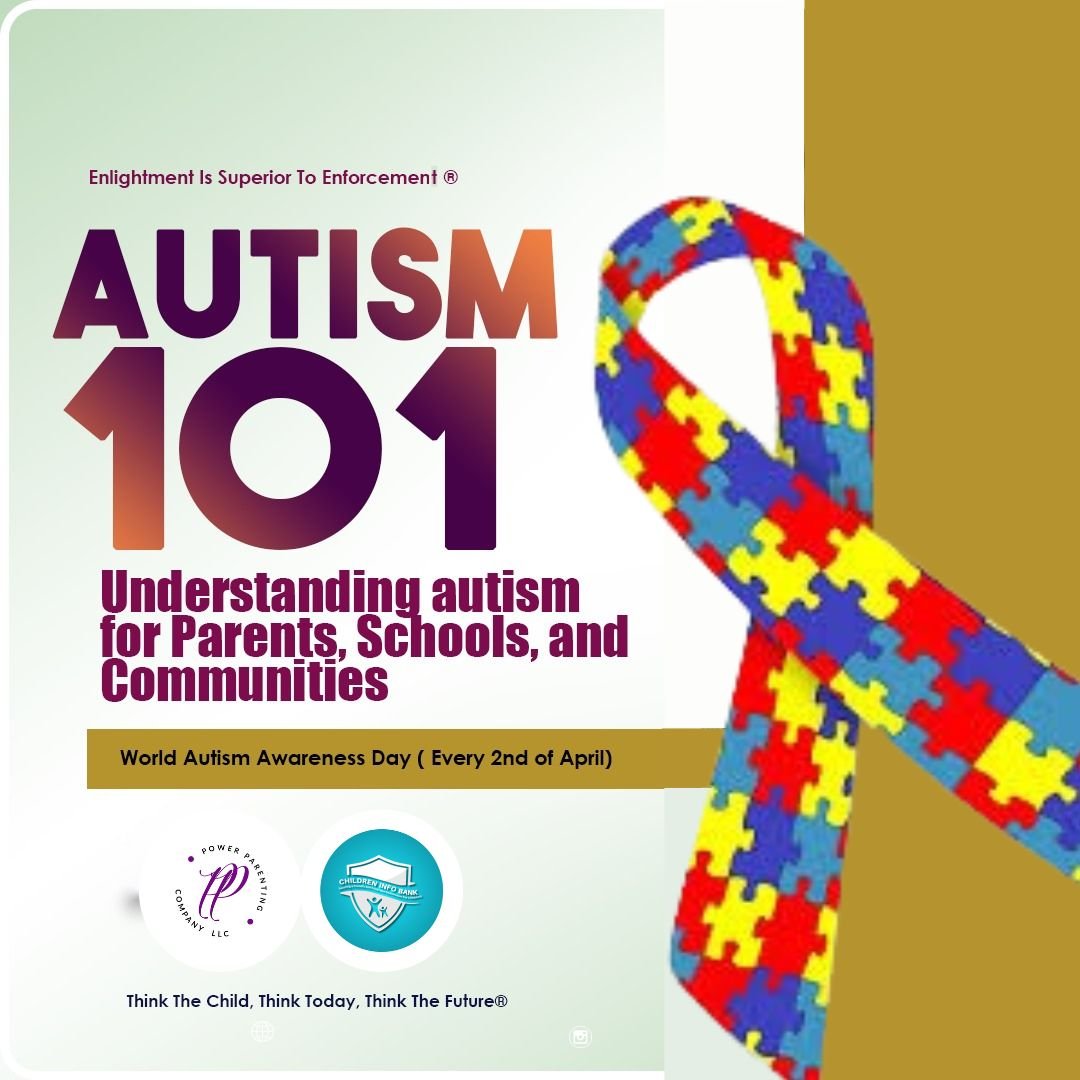Highlights
Autism 101: Highlights for Primary and Secondary Parents

Source: www.taiwoakinlamiblog.com
Understanding Autism:
- Autism Spectrum Disorder (ASD) is a condition that influences how individuals perceive and interact with the world. It presents a range of challenges, primarily in social communication, behavior, and sensory sensitivities.
- The spectrum nature of ASD means its effects vary significantly. Some individuals may need extensive support in daily activities, while others might lead largely independent lives, often excelling in specific areas due to unique skills and perspectives.
Early Signs and Diagnosis:
- Early signs of autism typically emerge by age 2 or 3, but some children exhibit symptoms as early as 18 months. Key indicators include delayed speech development, challenges in making eye contact, a preference for solitary play, repetitive movements or speech, and a strong adherence to routines.
- Accurate diagnosis involves a comprehensive assessment by a multidisciplinary team of healthcare professionals. Early and precise diagnosis is pivotal, enabling timely interventions that can substantially improve a child’s developmental trajectory.
Interventions and Support:
- Early intervention strategies are crucial for enhancing social, communicative, and cognitive skills. Approaches like Applied Behavior Analysis (ABA), speech and language therapy, and occupational therapy are commonly employed to support the child’s development.
- Collaborative planning with healthcare providers to create a personalized treatment plan ensures that interventions are tailored to the individual needs of the child, fostering optimal growth and learning.
Role of Schools:
- Inclusive educational environments are crucial for children with autism, providing the right support through Individualized Education Programs (IEP) and specialized services tailored to each student’s unique needs.
- Educators and school staff should undergo training in autism awareness and inclusion strategies to effectively support and integrate students with autism into the classroom, promoting a learning environment that nurtures all aspects of development.
Community Involvement:
- Fostering community awareness and acceptance is key to reducing stigma and misinformation about autism. Communities that are informed can better support the inclusion and participation of individuals with autism.
- Inclusive recreational programs, accessible community events, and adapted employment opportunities are important for integrating individuals with autism into community life, recognizing their potential and contributions to society.
Key Takeaway:
- Observing Autism Awareness Day highlights the critical need for understanding, acceptance, and proactive support for individuals with autism. By educating ourselves and implementing inclusive practices, parents, schools, and communities can significantly enhance the lives of those on the autism spectrum, ensuring they have the opportunities to thrive and succeed in a supportive environment.
Click here to read full article: https://childreninfobank.com/safebank/autism-101-understanding-autism-for-parents-schools-and-communities/





